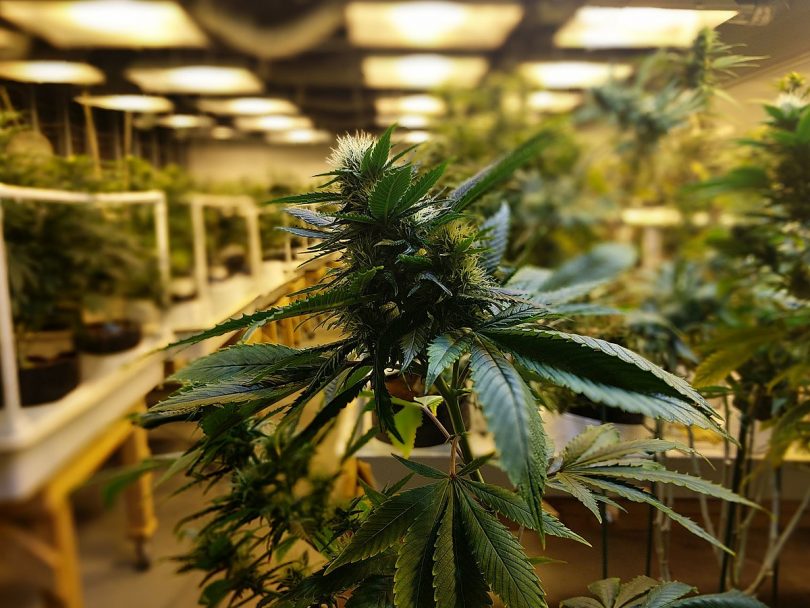Carefully controlling the environment is mandatory if you want to grow cannabis indoors. A problem like mildew or rot can derail your entire operation. To mitigate these risks, one of the most important factors to control is the grow room’s relative humidity.
Relative humidity tells you how much water is in the air compared to how much water could be in the air. If the air is completely saturated, the relative humidity is 100%. Cannabis growers need to pay attention to this because some of the water that’s used to irrigate plants will be released back into the air as vapor. Perhaps the most effective way to reduce excess moisture is to use a dehumidifier. Depending on the size of your grow room, you’ll likely need more than one.
Here are a few popular options.
InSpire Transpiration Solutions
InSpire’s dehumidification process is incorporated with its heating, ventilation, and air conditioning (HVAC) system. The company claims it can help cultivators reduce HVAC expenses by as much as 30-50%. Their patent-pending technology uses a multi-coil water loop combined with a compressor-based dehumidifier to reduce energy use. The coil pre-cools return air, then heats it to the desired temperature after dehumidification.
“Our holistic facility design approach coupled with our sustainable dehumidification technology has resulted in substantial energy savings for our clients,” said Adrian Giovenco, CEO of InSpire Transpiration Solutions.
Anden
With Anden, you can buy an industrial dehumidifier capable of removing up to 320 pints of water from the air every day. This equates to 2.6 liters per kilowatt hour. Their smallest dehumidifier, perfect for boutique grow houses, can remove 70 pints of water per day. Systems come with replaceable filters and wall-mounted controls that monitor relative humidity and temperature.
Quest
Quest has dehumidification options that work for the largest grow rooms. The Quest Trotec models can handle nearly 4,000 pints of water per day.
According to their website: “For moisture control and dehumidification, the three most important aspects are proper sizing, placement, and airflow. Quest engineers developed our product offerings to allow for flexible and customizable options to address all three.”
Quest offers refrigerant and dessicant dehumidifiers. The refrigerant systems are similar to HVAC technology with a compressor that sends hot, pressurized refrigerant gas to a condenser coil, cooling it, then to an evaporator where the refrigerant absorbs heat from incoming air. The dessicant systems incorporate adsorbent silica gel fibers in a drying wheel that binds humidity. A regeneration air stream cools the wheel, collects its heat and is heated further, then absorbs the bound humidity, and flows outside.
STULZ
STULZ boasts a proprietary coil temperature control system that “lowers the temperature of the coil to just above freezing for short periods of time to rapidly reduce the moisture content in the space.” The dehumidifiers rely on dessicant technology (i.e., silica gel). Additionally, the company offers ultrasonic humidification. This involves a transducer placed in a water bed that causes cavitation and water vapor.
Image source: Cannabis Tours, Wikipedia, CC BY-SA 4.0








